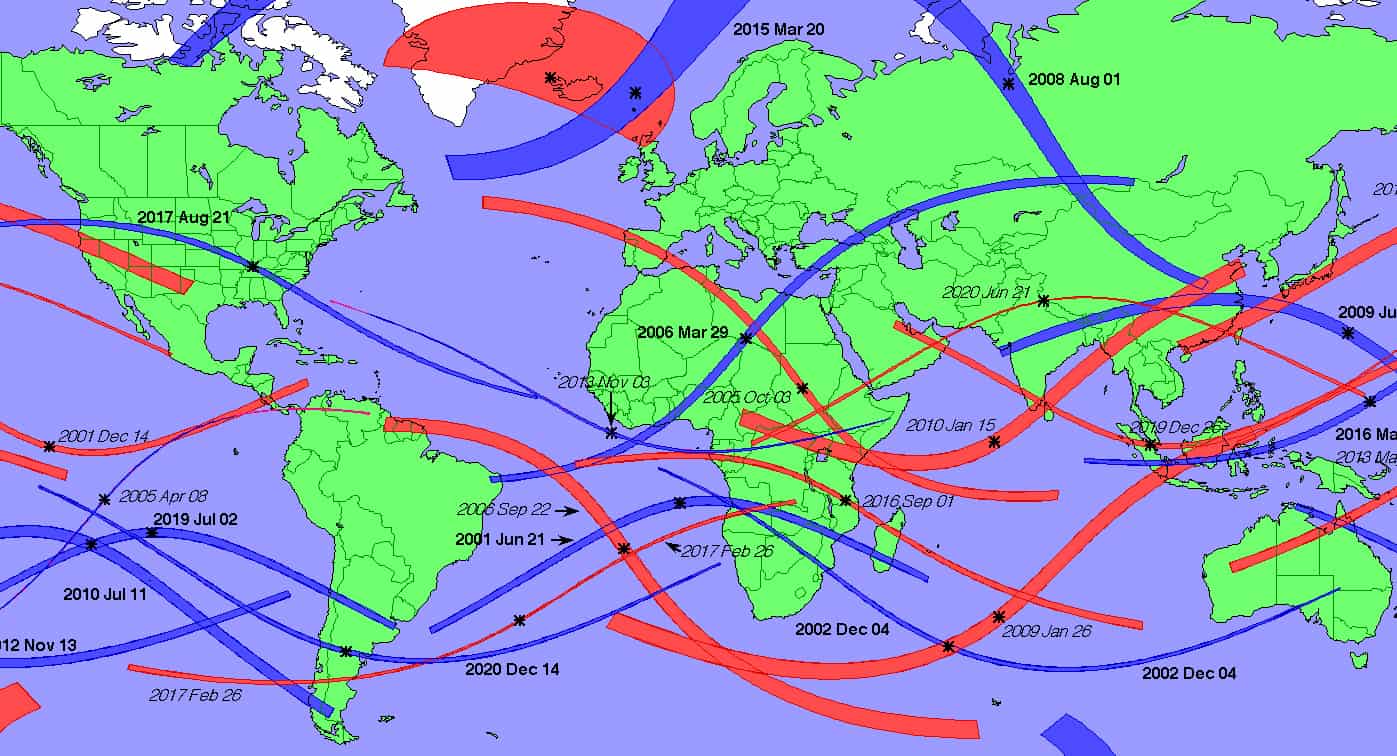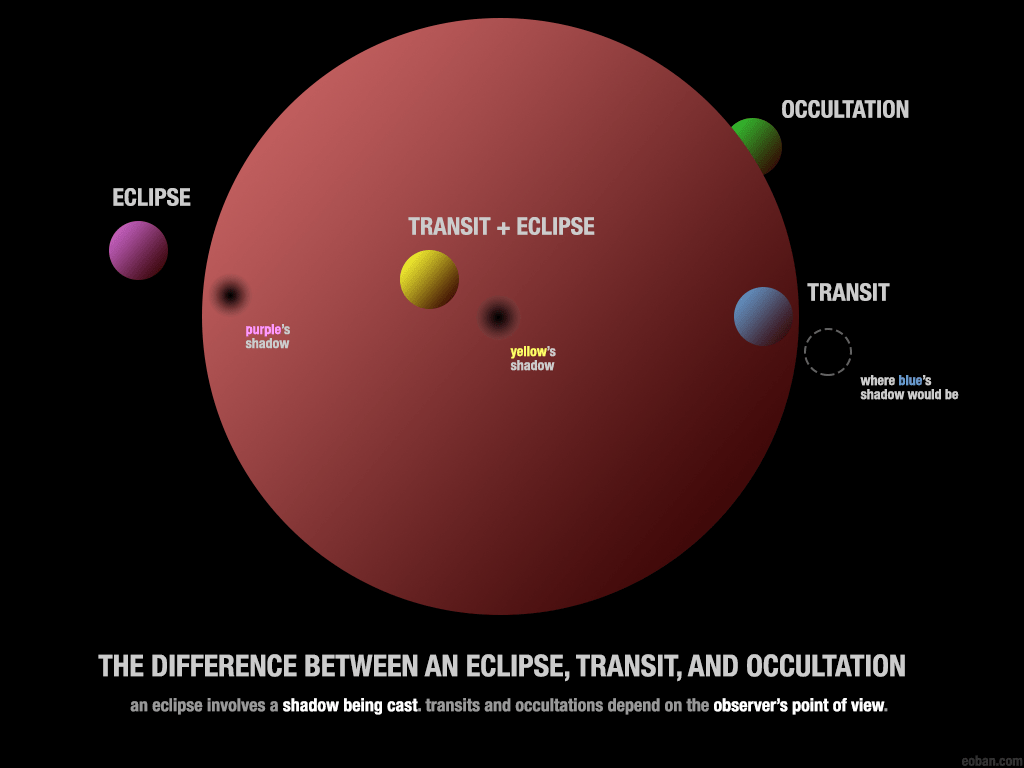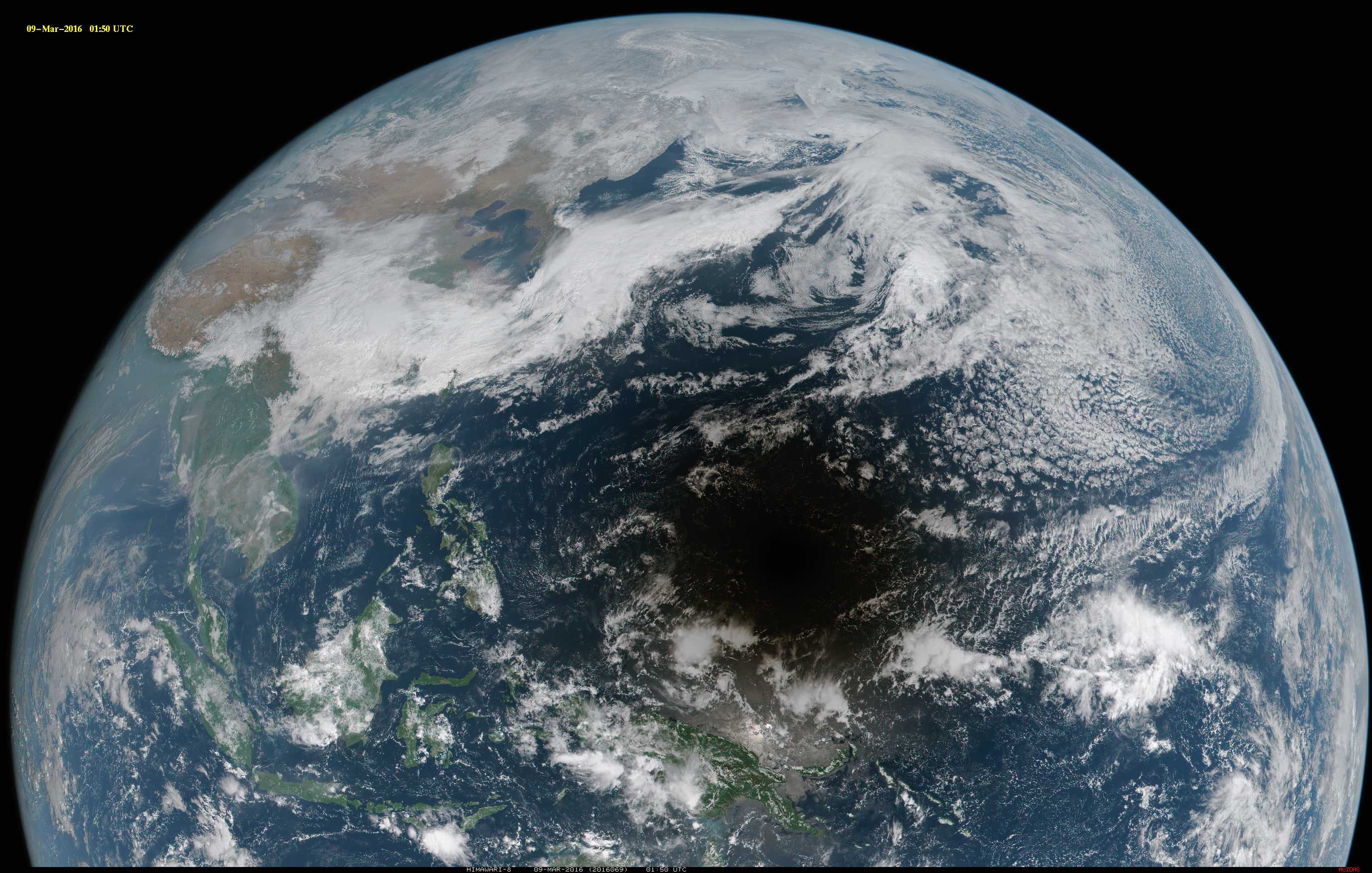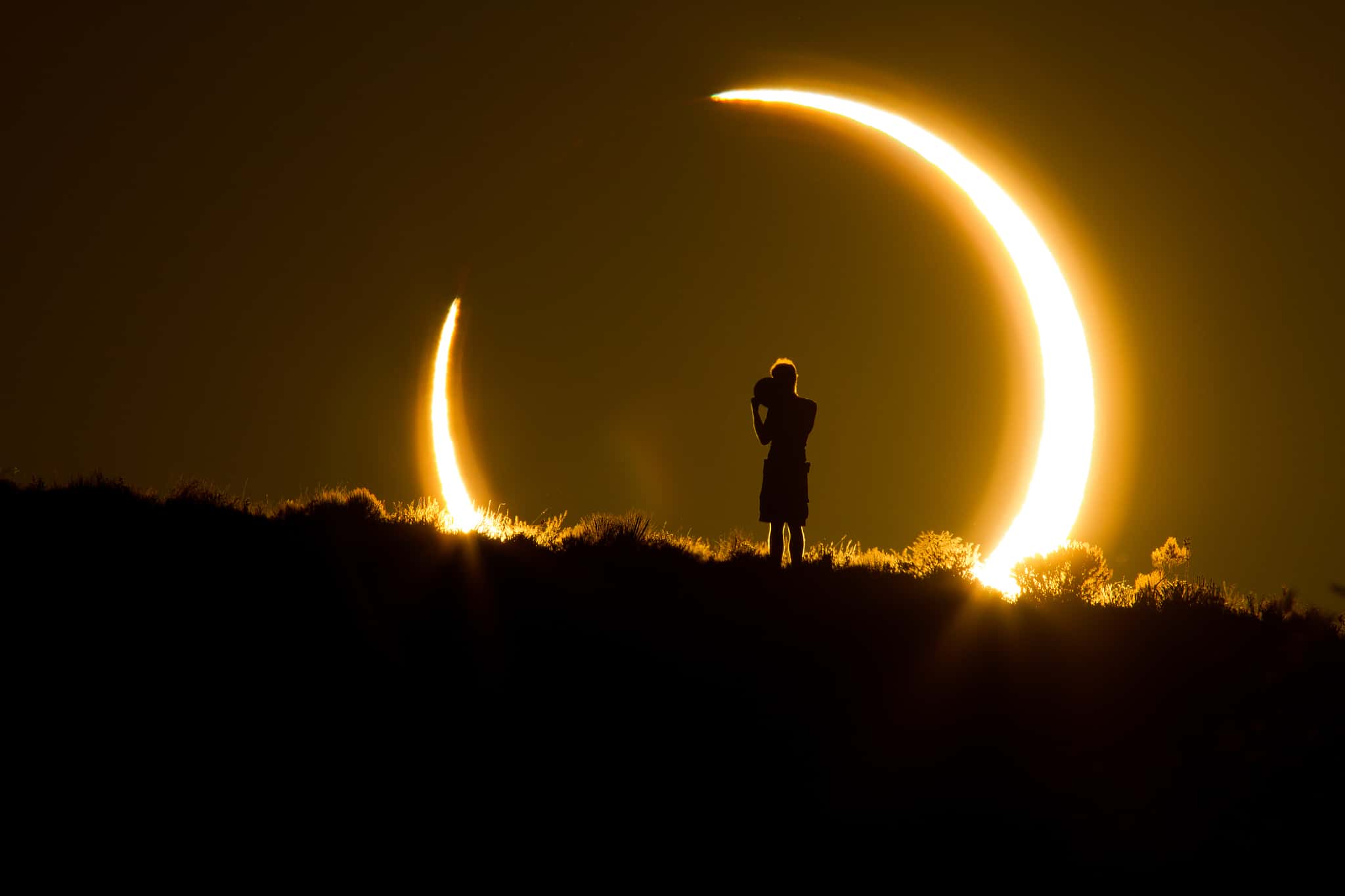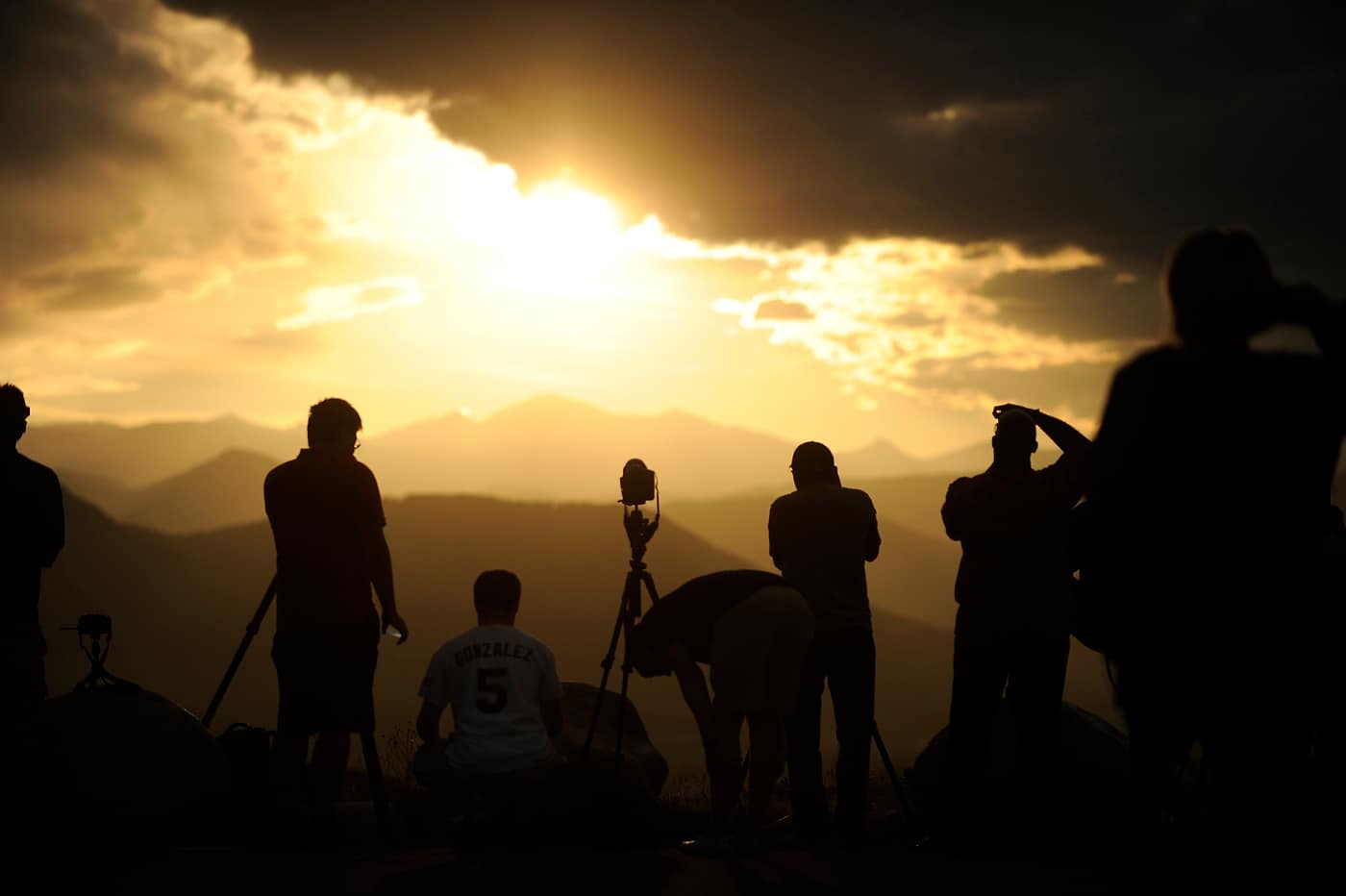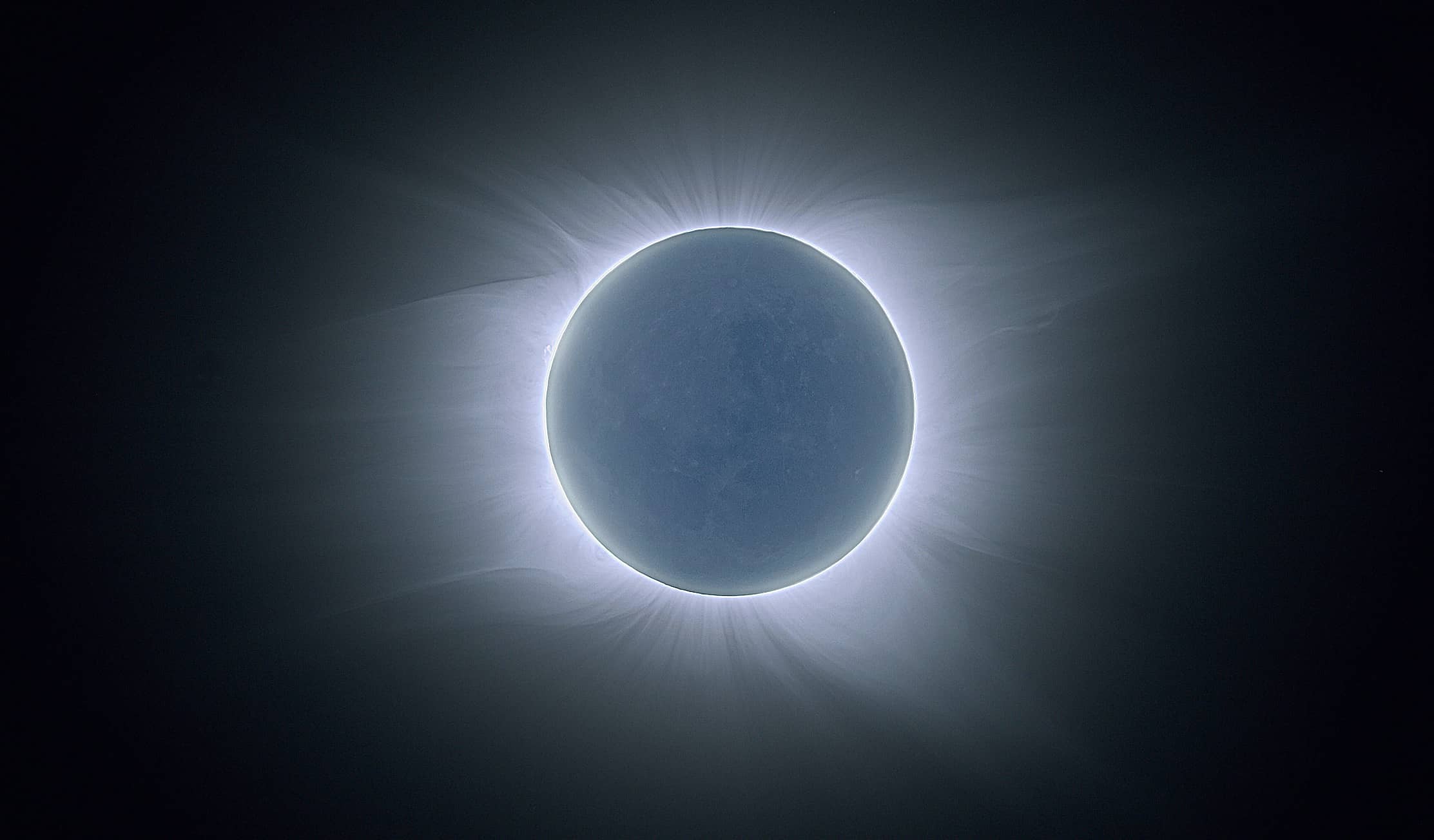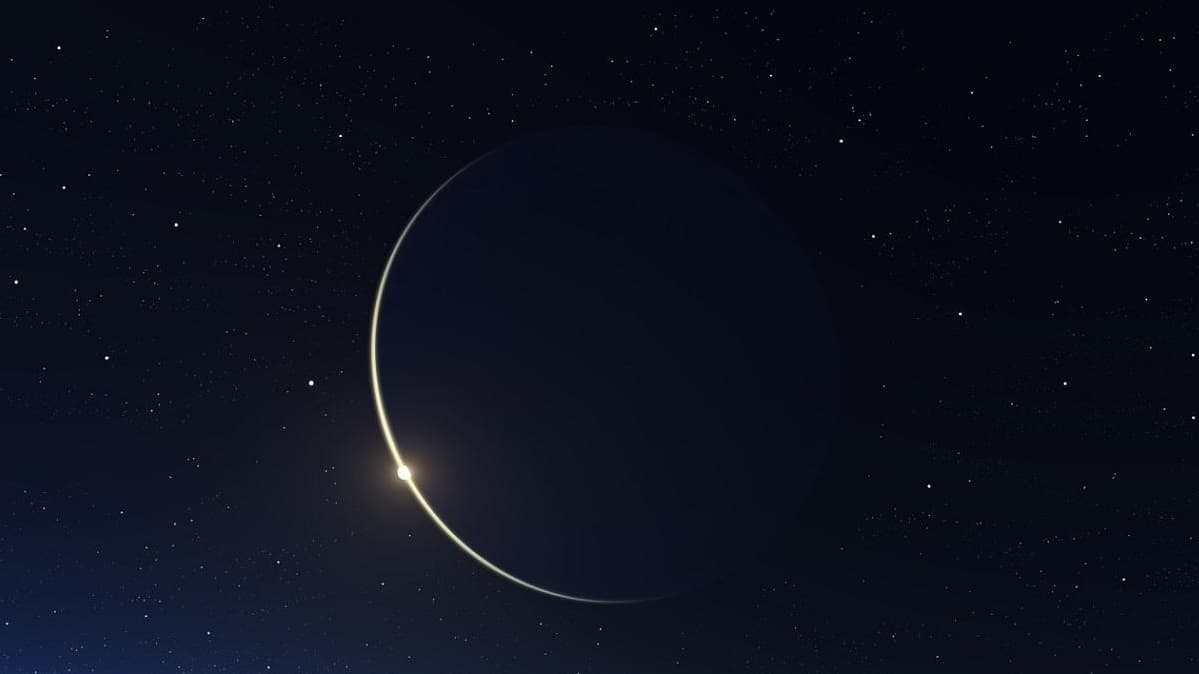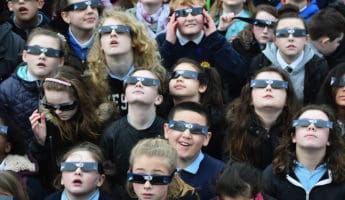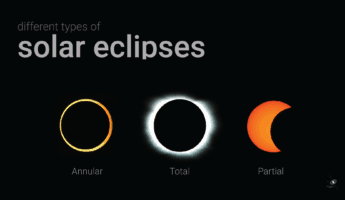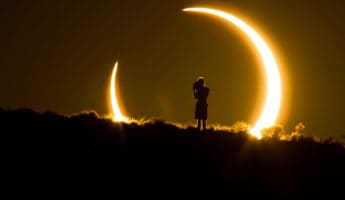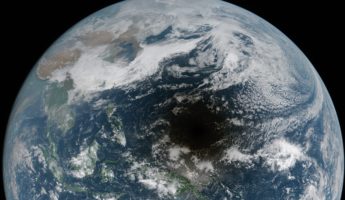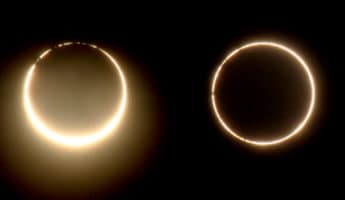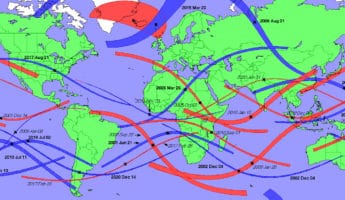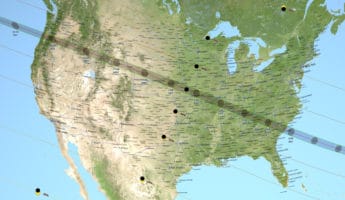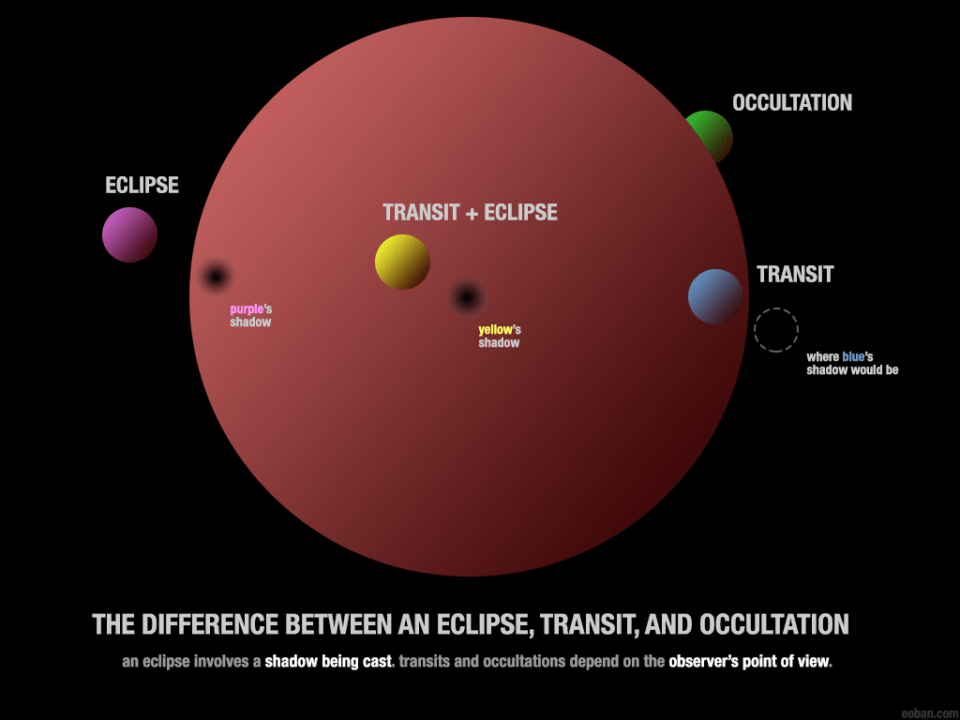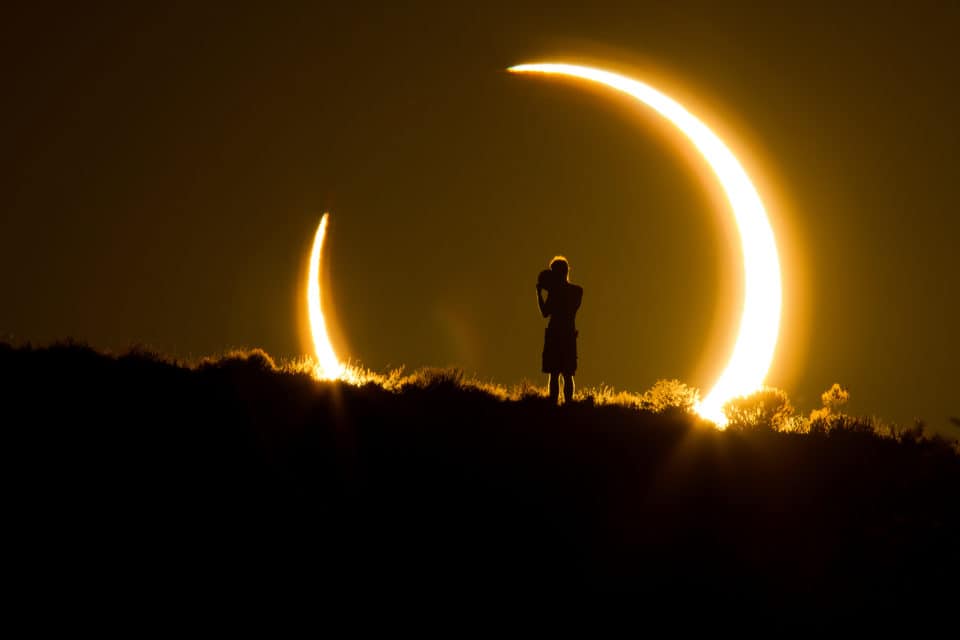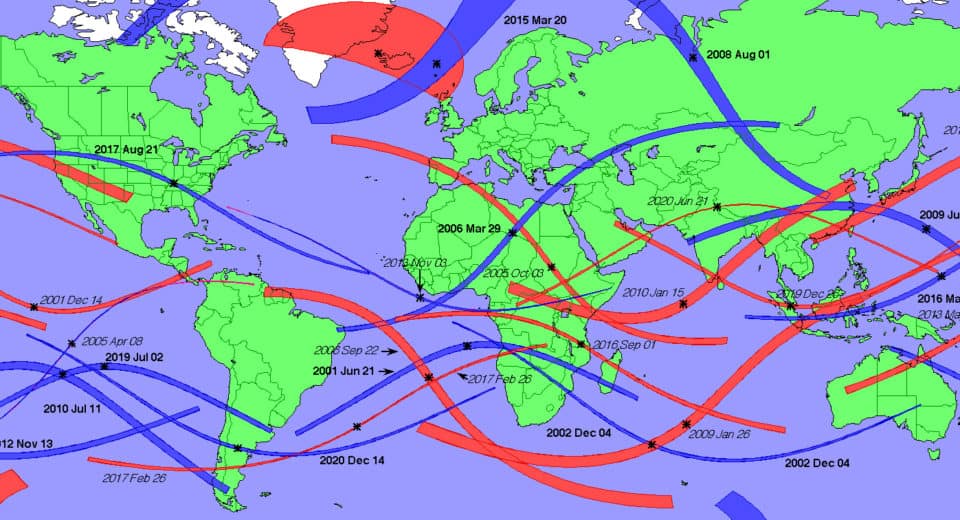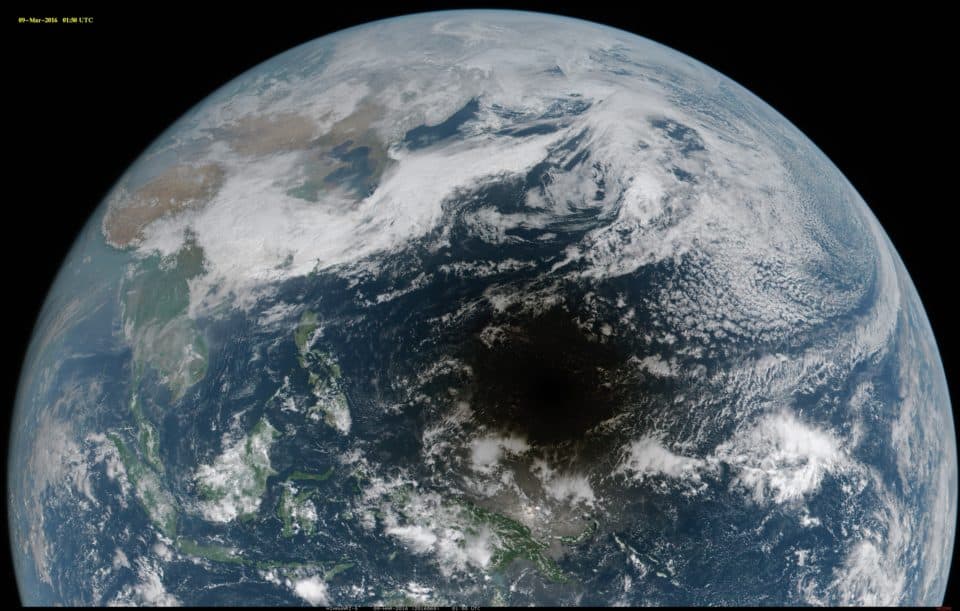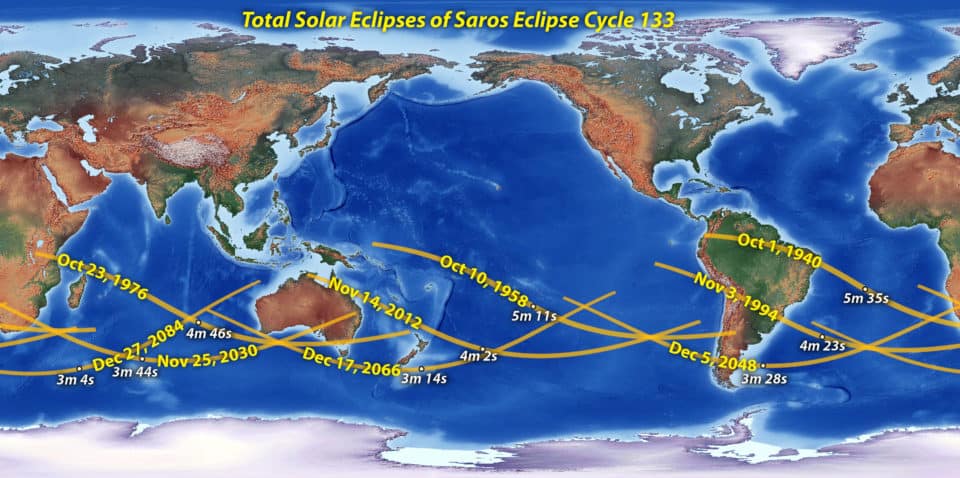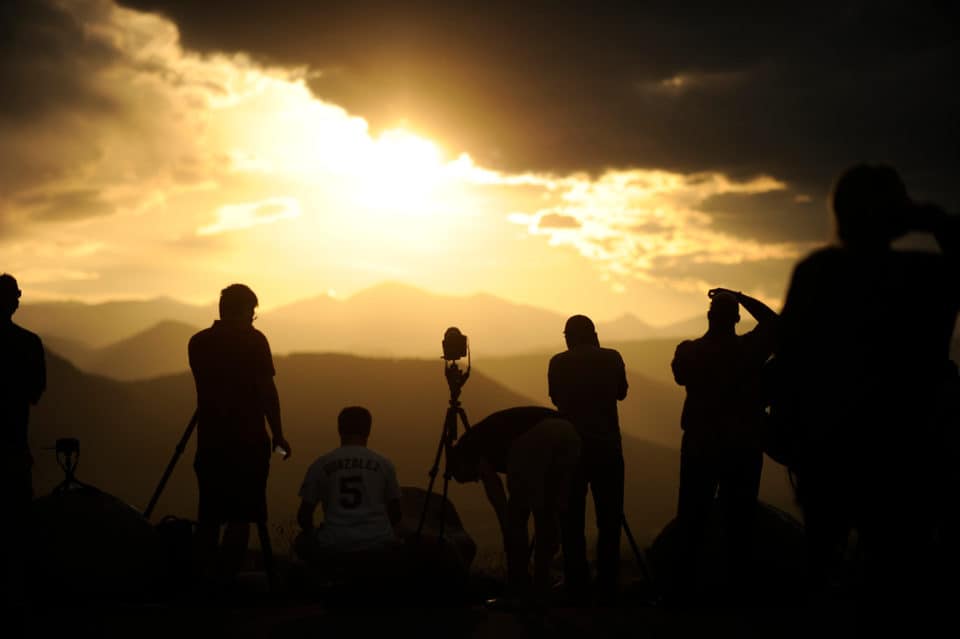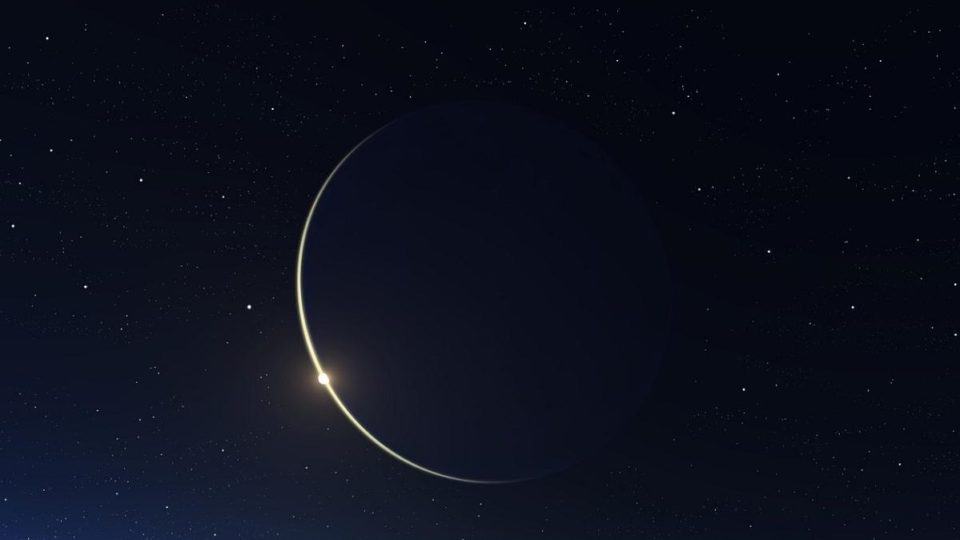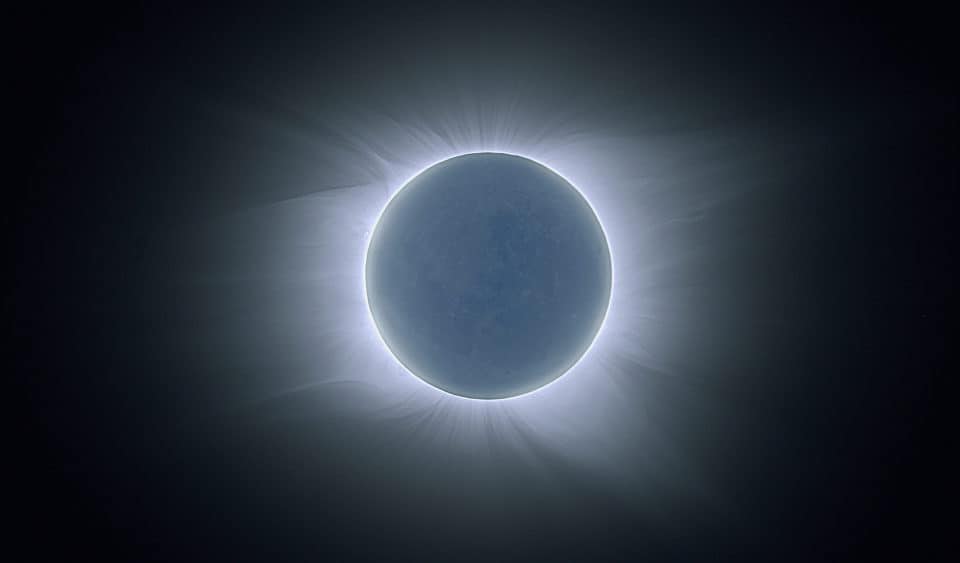Since “Eclipse fever” has gripped the United States with the total solar eclipse of 2017, we figured it was high time to help take the mystery out of this unusual event and shed some light on a dark day for some. To that end, here’s 12 eclipse facts to have in your back pocket when the planets and stars align.
Eclipse vs. Occultation vs. Transit
The vocabulary here can get a little confusing. Technically, an occultation is what happens when one thing blocks another – occludes it – from view. What we know as “solar eclipses” are actually solar occultations. The reason being, the moon is too small to physically eclipse the sun. It is big enough, on the other hand, to occlude it from view. Lunar eclipses are true eclipses, since the larger Earth is blocking the smaller moon from the sun. Though, technically, that too is an occultation since the Earth is smaller than the sun and can’t block it out. Real eclipses are when a larger body entirely blocks a smaller one. Despite this fact, since we are perceiving these occultation from the Earth’s surface, we still refer to the moon blocking the sun as a “solar eclipse” and the Earth blocking the moon as a “lunar eclipse” because the name is based on perspective. It’s also outdated. Therefore in a total solar eclipse, the moon blocks the sun from the Earth. Eclipses can be total or partial, and will vary widely based on where you’re viewing them from. Transits occur whenever one celestial body moves in front of another, making all eclipses and occultations also transits, but not all transits eclipses, since a transit doesn’t require blocking the other, merely moving in front of it as seen by the observer.
So, Why’s It Called an Eclipse?
The actual word “eclipse” has stuck because it came from the Greeks whose mythology included the sun god Helios who pulled the sun across the sky. “Eclipse” to them meant “downfall” or “abandonment” which is what they thought was happening; the sun god was abandoning them. Many people considered eclipses to be religious signs, usually ill omens or dark portents. Hence, the emotional ties to the word have kept us calling solar occultations “eclipses” because people are historically superstitious.
Partial vs. Annular vs. Total Eclipse
A partial eclipse happens when one object partly obscures another from view. Annual eclipses happen when something blocks the center of another body, leaving a margin of the obscured object visible behind it. Total eclipses occur when one body totally blocks another from view.
How Common Are Eclipses
Generally speaking, somewhere on Earth there’s a solar eclipse happening about twice a year. The 21st century will see a total of 224 eclipses, with approximately 77 of them being partial, 72 annular, and 68 being total. There will also be a handful that are a combination of annular and total, making them hybrids, which are the rarest. Depending on the geometry of the Sun, Earth, and moon, there can be as many as 5 eclipses in a year, of various types.
When is the Next Hybrid Eclipse
The next hybrid eclipse will occur on April 20th of 2023 and can be best seen in Australia, Papua New Guinea, and Indonesia. After that will be one on November 14th in 2031 and will be best seen from Panama and parts of the Pacific Ocean.
How Big is an Eclipse
The region of full eclipse in the case of a total solar eclipse is only about 100 miles wide (160 km) but can cover a ribbon across the Earth that is 10,000 miles long. Eclipses only last for a few minutes, with the longest being 7 minutes and 12 seconds. That one will occur on June 25th of 2522.
Identical Eclipses
Every 18 years and 11 days after an eclipse, an identical eclipse takes place due to the predictable rotation of the Earth, sun, and moon. For example, the 2017 eclipse has a twin that will occur on September 2nd of 2035. Eclipses in this twinship are part of a Saros cycle, which is the name of the span of 18 years and 11 days.
What Happens During an Eclipse
Rapid temperature drops and darkness go along with solar eclipses, while with lunar eclipses, the moon is obscured by darkness. To those in the path of totality, it feels like an odd, rapid nightfall that ends in twilight.
How To View an Eclipse
Lunar eclipses are easily seen, since you’re essentially looking at the Earth’s shadow as it falls across the moon. All you need for that is nighttime, so that you can see the moon in the sky. Solar eclipses can easily damage your eyes due to the rapid change in lighting conditions, and the fact that you are still looking at the sun. Luckily, there’s lots of safe ways to view a solar eclipse, which are laid out by NASA.
Eclipse Speed
Due to the speed of the rotation of bodies, the eclipse shadow moves very quickly across the surface of the Earth. At the equator an eclipse’s shadow can go Eclipse shadows travel at 1,100 miles per hour, rocketing up to 5,000 miles per hour as you get closer to the north or south pole.
Eclipse Conditions
A solar eclipse can only occur during the cycle of a new moon, since that’s the only time the sun and Earth are on opposite sides of the moon. Lunar eclipses can only occur during full moon phase, since this is the only time the moon and sun are on opposite sides of the Earth.
What To Look For During a Solar Eclipse
Though we see the sun as a big, burning disc that seems solid, it actually has a massive halo around it, since it’s a mass of burning gas that isn’t solid at all. When the moon blocks out the “solid” center, then we can see the flames coming off of the sun. This halo is known as the sun’s corona, meaning “crown” and it’s the major reason people wish to view a a solar eclipse directly.

